8. Marathon Man (1976, Directed by John Schlesinger): “Is it safe?” torture scene
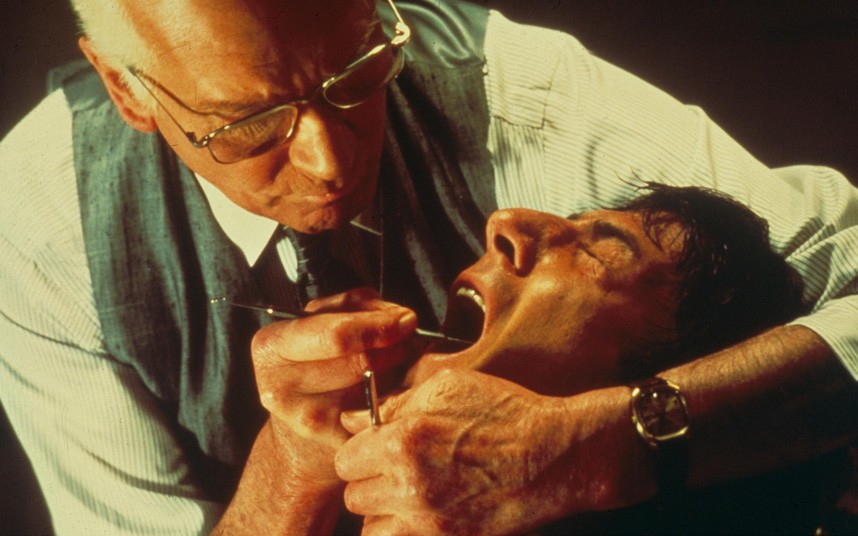
It’s this film that – along with Little Shop of Horrors – forever will have contributed to the negative perception some tend to have about dentists. Laurence Olivier (Oscar-nominated here) plays Dr. Christian Szell, an escaped Nazi war criminal bent on finding a collection of stolen diamonds.
In the film’s most infamous scene, he tortures Dustin Hoffman’s character with dental instruments while repeatedly asking, “Is it safe?” The caliber of the two actors alone makes the scene particularly effective, and though it’s not visually very graphic, the sounds of that dentist’s drill are enough to get under anyone’s skin…
7. Irreversible (2002, Directed by Gasper Noé): Anal rape in a tunnel
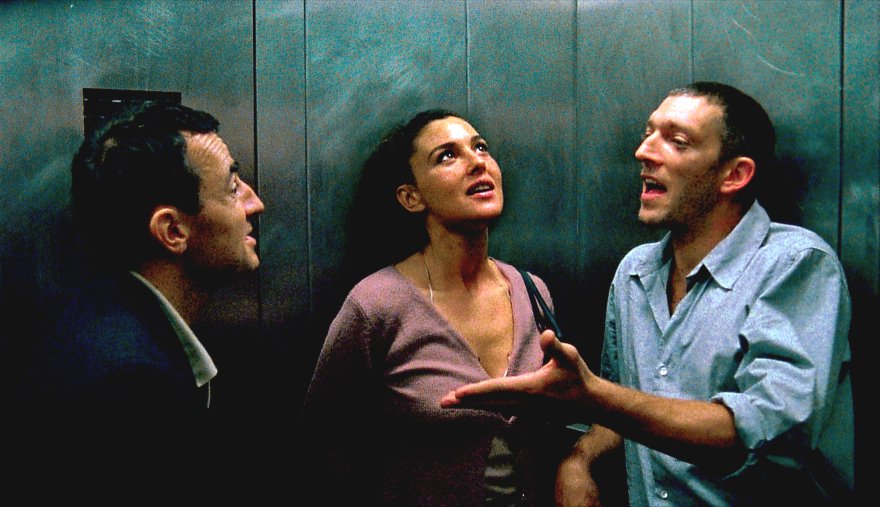
Perhaps the ultimate rape-revenge movie, this nasty French thriller scandalized Cannes upon its premiere, causing hundreds of walk-outs. The film’s reverse-narrative begins with the revenge (itself an infamously brutal scene), and culminates in a one-take rape scene that lasts for an excruciating length of time – much longer than is typical in mainstream Hollywood films that contain such scenes.
You’ve got to give credit where it’s due to the two actors, Monica Bellucci and Jo Prestia, who are said to have performed the scene a total of six times. The digitally-added blood and penis of the rapist only add to the unnerving realism of the horrible scene.
Did it need to be so long? That the scene is so disturbing perhaps makes one question if similar scenes in other films are begin handled honestly enough, as depicting something so horrible in this uncompromising a manner can absolutely be justified by filmmakers wishing to present such an unfortunately common crime as truthfully as possible.
As Roger Ebert argued in his positive review, the film is NOT pornography, as it forces us to sit there and reflect on both the revenge and rape scenes for a large chunk of time after both occur. In its careful structuring, the film avoids being exploitative in way that so many other similar narratives are. To call it the modern European arthouse version of I Spit on Your Grave would be unfair, dismissive, and insulting.
6. Un Chien Andalou (1929, Directed by Luis Buñuel): Eyeball slicing
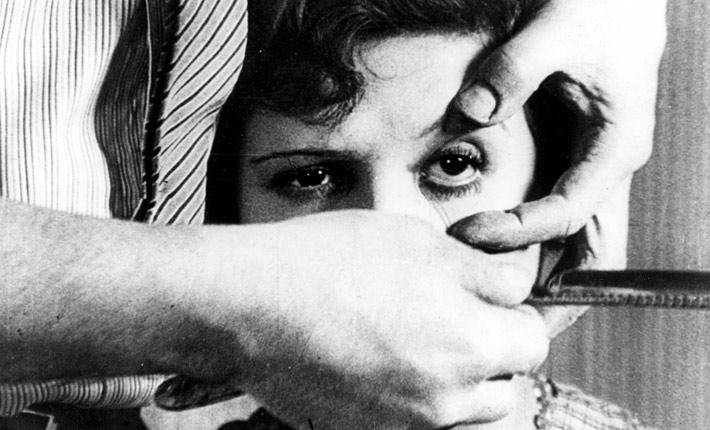
By far the oldest example on this list, the image of a razor blade slicing into a woman’s eyeball still stuns to this day. So opens this short surreal French masterpiece, co-written by the ultimate surrealist: Salvador Dalí himself. Accomplished by using a real eyeball (that of a dead calf), the effect is gruesome and jarring, especially as it occurs with little buildup at the very beginning of the already short film (perhaps something Cronenberg considered with the placement of his exploding head in Scanners).
Of course, the shot itself has no narrative purpose, aside from being a visual analog to the shot of a cloud slicing the moon in half similarly. It’s a testament to Buñuel and Dalí that nearly a century later, the image still shocks. Consider, by comparison, the ultra-slow-motion eyeball impaling in Lucio Fulci’s 1979 film, Zombie – a bit less artistic, and something Un Chien Andalou realized 50 years prior.
5. Deliverance (1972, Directed by John Boorman): “Squeal like a pig” rape scene
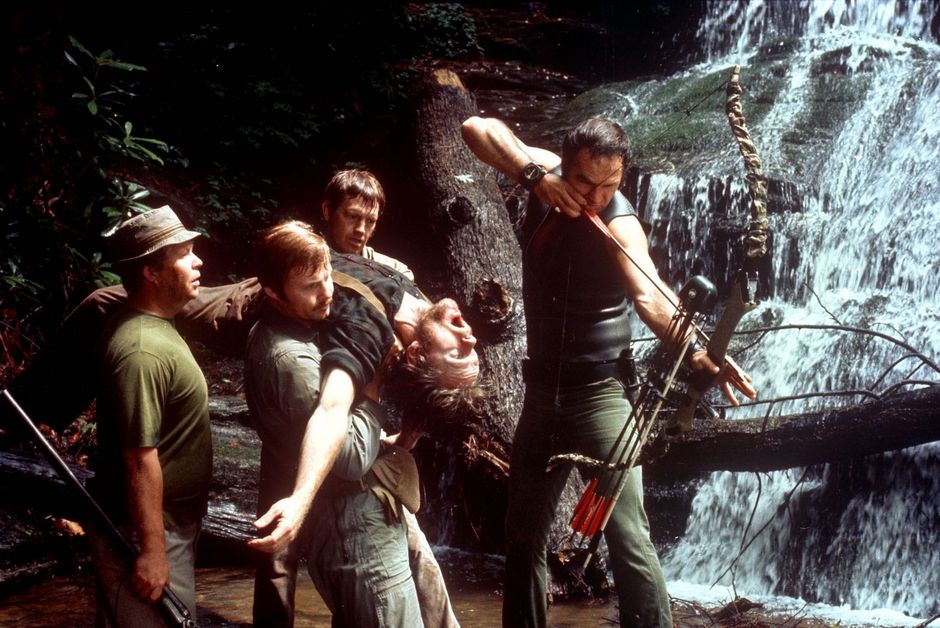
Again, here is a scene that overshadows the rest of the film in the cultural zeitgeist (well, that and the dueling banjos performance). Faithfully recreated from the James Dickey novel it’s based on (though the infamous quotation is absent in the book), the rape of Ned Beatty’s character by a stranger (Bill McKinney) in the woods is, by and large, the one thing anyone who’s heard of the film knows about it.
While the scene – scored by nothing but the sounds of nature – is still shocking today, it is also notable in being one of the few well-known cinematic depictions of male-on-male rape, something it’s still rare to see in mainstream films (Pulp Fiction and American History X being two prominent exceptions).
The scene, while repulsive, is absolutely critical to the plot, as it drives everything that follows. Those who put off watching the film because of what they’ve heard about this scene are depriving themselves of an excellent and tense thriller about survival against both the elements and one’s fellow man. Nominated for three Oscars (including Best Picture), it’s a film that deserves to be more widely seen, and discussed for more than just this one scene.
4. Last Tango in Paris (1972, Directed by Bernardo Bertolucci): Butter scene
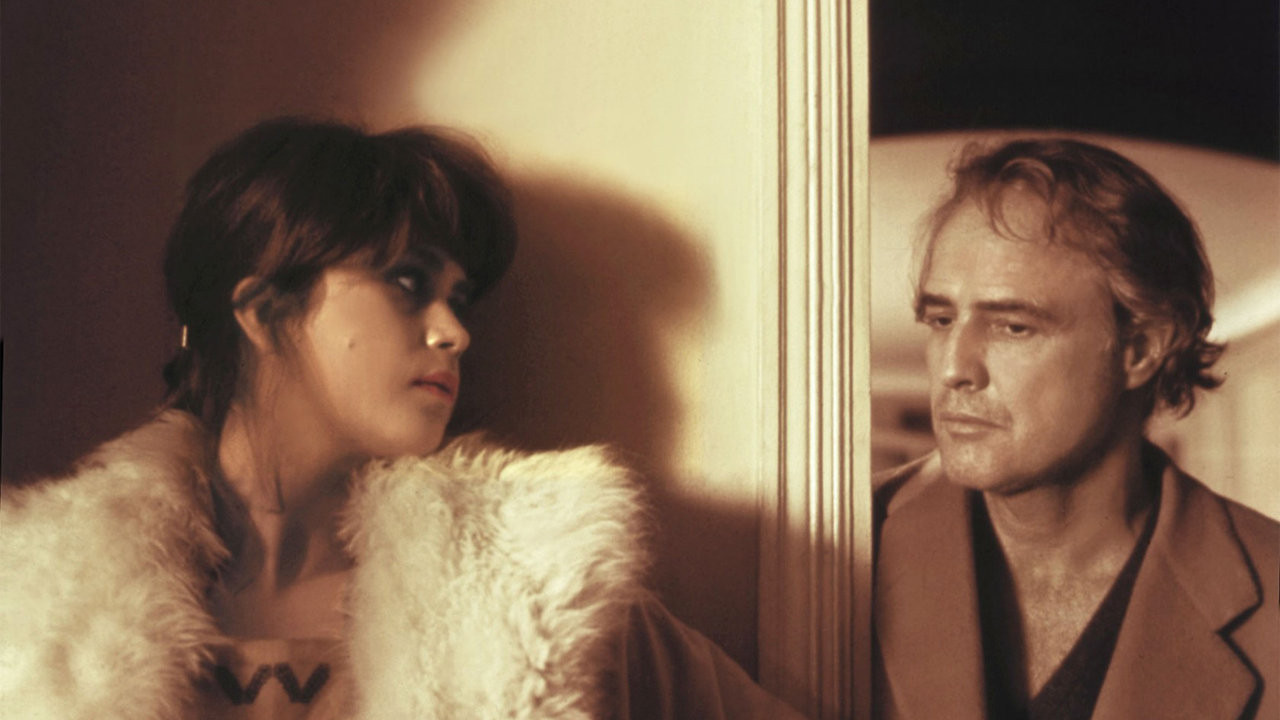
Here we have a rare example of a scene that’s way more controversial now than it was when the film premiered in the early 70s. The scene in which Marlon Brando’s character uses butter as a lubricant to have anal sex with an unwilling Jeanne (Maria Schneider, only 19 at the time) was scandalous when the film came out (it received the X-rating due to its explicit sexual content).
What we know now is that, while the sex act is simulated, the scene was not in the original script, and most importantly, neither Brando nor Bertolucci told Schneider what would happen before they filmed it, supposedly wanting her genuine reaction and using the only take filmed.
For this reason, the scene is even more disturbing – by comparison, the horrific rape in Irreversible was carefully choreographed, with both actors fully aware of what was happening. That the same can’t be said here is shameful. Full stop.
3. The Last Temptation of Christ (1988, Directed by Martin Scorsese): Jesus’ hallucination on the cross
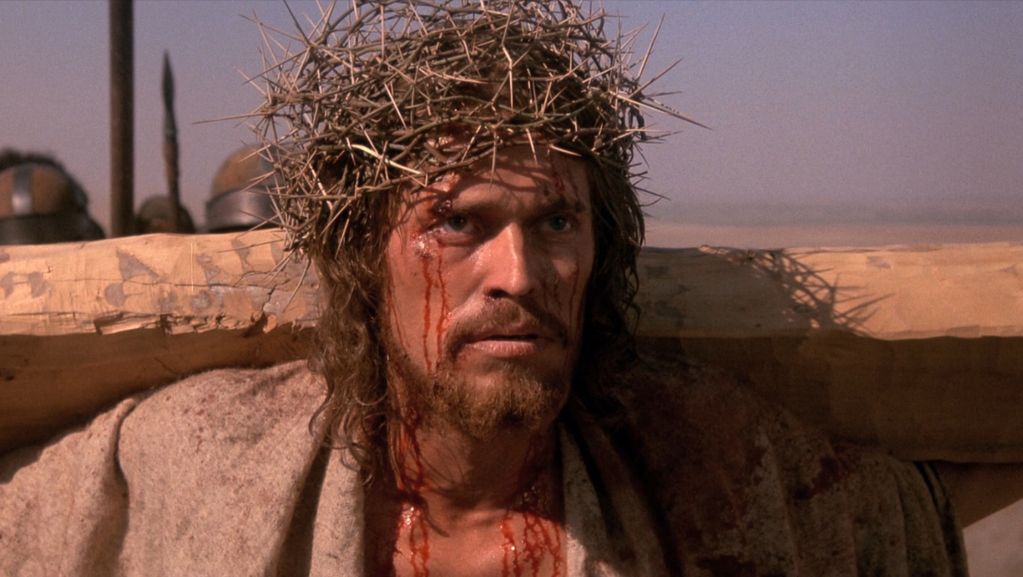
Banned, censored, and protested throughout the globe, Martin Scorsese’s thoughtful film examining the struggles of Jesus more than ruffled a few feathers. Despite opening with a disclaimer stating that the film is not based on the Gospels (unlike Mel Gibson’s Christ film), The Last Temptation of Christ outraged many with its depiction of a more humanistic Jesus than many were used to seeing. In the climactic scene, Jesus imagines living a normal life, which includes marrying Mary Magdalene and starting a family.
Rather than intending to offend, the purpose of the extended sequence (as hinted at by the title) is to force the viewer to reflect on the meaning of Jesus’ sacrifice – something few films depicting the life and times of Jesus are brave enough to attempt.
In a similar reaction to Moustapha Akkad’s well-intentioned 1976 film, The Message (about the life and times of the prophet Muhammad), many didn’t understand, or didn’t want to even give the film a chance and see for themselves. If the film’s release made anything clear, it’s that any mixture of religion and sexuality – regardless of how benign – will almost always provoke controversy, no matter how restrained, artfully done, or well-reasoned.
2. The Devils (1971, Directed by Ken Russell): “Rape of Christ” sequence
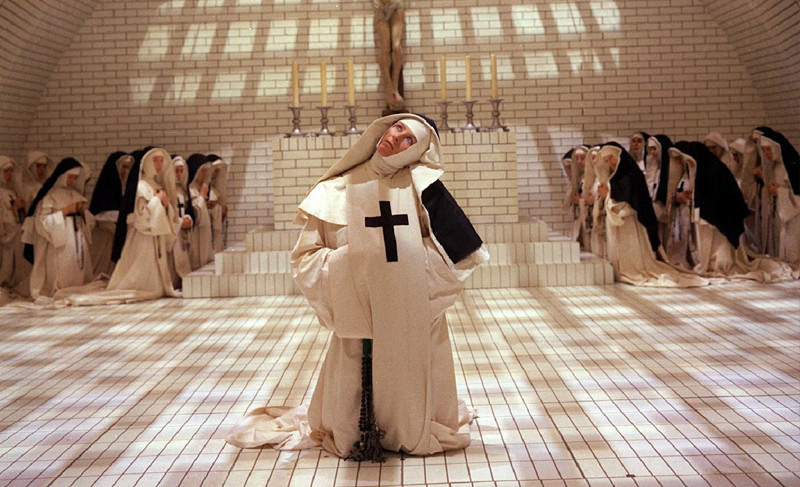
The controversial scene here is so divisive that it’s entirely absent from many versions of the film. Based on the true story of the 17th century Loudoun possessions in France and the downfall of Urbain Grandier (terrifically portrayed by Oliver Reed), the film is another example of one where religion and sexuality meet head on.
The sequence in question features a group of nuns who, naked and in what only could be described as a “sexual frenzy,” take a life-size crucifix off the wall and ravish it. It’s a truly bonkers sequence, but not all that dissimilar from similar moments in another film released the same year that also received the X-rating: A Clockwork Orange. Still, the movie was banned in many countries (sensing a pattern here yet?) and is not widely available in its uncut form to this day.
1. Straw Dogs (1971, Directed by Sam Peckinpah): Ambiguous rape scene
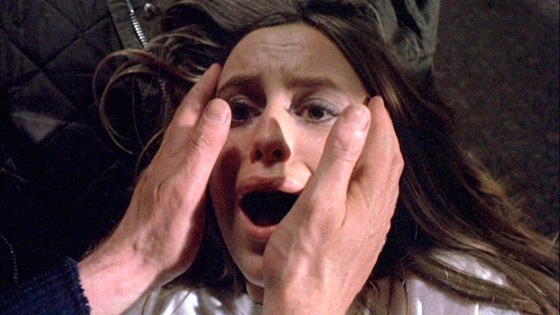
Topping this list is yet another rape scene, though while not especially graphic or brutal, it is deeply problematic for another reason: the victim (Susan George) seems to be partially enjoying it. The scene became the subject of intense scrutiny by both the MPAA and the British Board of Film Classification, and was subsequently edited. While the controversy didn’t stop Hollywood from remaking the film in 2011, these kinds of ambiguously consensual sex scenes still draw ire today (for examples, look no further than certain episodes of HBO’s Girls and Game of Thrones).
The film’s violence – rather shocking for the time – was not overlooked either, though it has aged far better than the rape scene. To call the latter poorly conceived would be the most lenient criticism one could level against it.
Honorable Mentions (in alphabetical order):
• The 40-Year-Old Virgin (2005, Directed by Judd Apatow): (Real) chest waxing
• Alien (1979, Directed by Ridley Scott): The Chestburster
• Antichrist (2009, Directed by Lars von Trier): Genital mutilation
• Battleship Potemkin (1925, Directed by Sergei Eisenstein): The Odessa Steps sequence
• The Blair Witch Project (1999, Directed by Daniel Myrick and Eduardo Sánchez): Heather’s self-filmed apology
• A Clockwork Orange (1971, Directed by Stanley Kubrick): “Singin’ in the Rain” rape scene
• A Cry in the Dark (1988, Directed by Fred Schepisi): “The dingo took my baby!” scene
• The Crying Game (1992, Directed by Neil Jordan): The reveal
• The Deer Hunter (1978, Directed by Michael Cimino): Forced Russian Roulette torture
• Downfall (2005, Directed by Oliver Hirschbiegel): Hitler realizes the war is lost
• Eastern Promises (2007, Directed by David Cronenberg): Naked bathhouse fight
• The Exorcist III (1990, Directed by William Peter Blatty): Implied nurse decapitation
• Fatal Attraction (1987, Directed by Adrian Lyne): The boiling bunny
• Frankenstein (1931, Directed by James Whale): The drowning of the little girl
• Freaks (1932, Directed by Tod Browning): “One of us! One of us!” scene
• Hannibal (2001, Directed by Ridley Scott): Brain-eating scene
• Happiness (1998, Directed by Todd Solondz): The most awkward father-son conversation of all-time
• The Interview (2014, Directed by Evan Goldberg and Seth Rogen): The assassination of Kim Jong-un
• The Killer Inside Me (2010, Directed by Michael Winterbottom): The beating of Jessica Alba’s character
• Killer Joe (2011, Directed by William Friedkin): The fried chicken scene
• Maniac (1980, Directed by William Lustig): Shotgun to the head murder
• Misery (1990, Directed by Rob Reiner): Hobbling scene
• Psycho (1960, Directed by Alfred Hitchcock): The shower scene
• The Public Enemy (1931, Directed by William A. Wellman): Grapefruit to the face
• The Revenant (2015, Directed by Alejandro G. Iñárritu): Bear mauling
• Saving Private Ryan (1998, Directed by Steven Spielberg): The D-Day invasion
• A Serbian Film (2010, Directed by Srdjan Spasojevic): “Newborn porn”
• Se7en (1995, Directed by David Fincher): “What’s in the box?” climax
• Sophie’s Choice (1982, Directed by Alan J. Pakula): Flashback to the eponymous choice
• Star Wars (1977, Directed by George Lucas): Han/Greedo scene
• There’s Something About Mary (1998, Directed by Bobby and Peter Farrelly): “Hair gel” scene
• Up (2009, Directed by Pete Doctor): Carl and Ellie montage
• Zombie (1979, Directed by Lucio Fulci): Eyeball puncture
Author Bio: Jason Turer received his B.A. from Cornell University, with a double major in Film and English. He currently lives and works in New York City. He has too many favorite films to list here, but some of his favorite directors include Kubrick, Cronenberg, Hitchcock, Fincher, and Lynch.